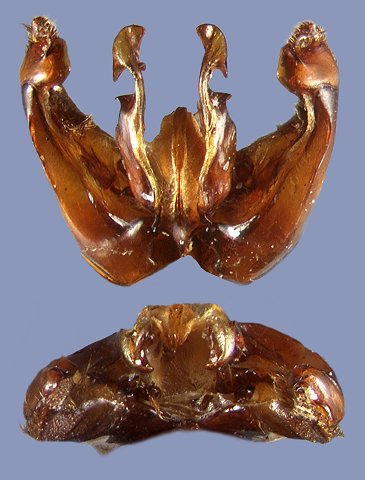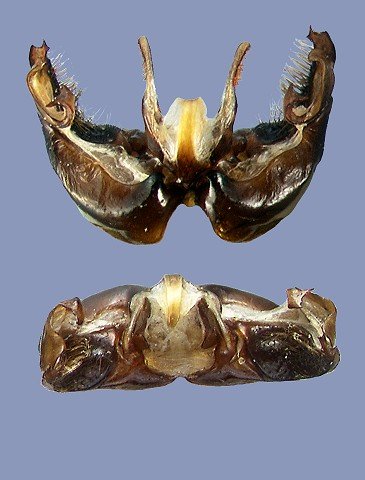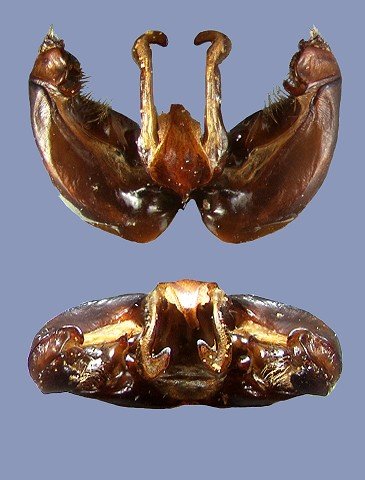Dry Store Room No. 1: The Secret Life of the Natural History Museum is about the behind-the-scenes work at the Natural History Museum in London. Whether you find that an appealing subject for a book depends, I suppose, on your feelings about museums and/or natural history; personally I found it irresistible.

The public face of the museum — animatronic dinosaurs and overexcited schoolchildren — gives relatively little sense of the scientific work that goes on behind the scenes, all of which is centred on the museum’s collection of biological specimens: pressed plants, trays of pinned beetles, drawers full of bird skins or fossils, jars of starfish in alcohol. The sheer scale of these collections is hard to comprehend: the museum holds over 70 million specimens. That means every person in the UK could be given one to take home and they’d still have enough left over for everyone in Sweden. 28 million of them are insects.

The collections haven’t been accumulated simply through an excess of acquisitiveness, although there must be some connection between the satisfaction biologists get from collecting beetles and other people’s collections of stamps, obscure soul 45s or golf memorabilia. The point of the collection is that it is a vast reference library: if you find an earwig in Burma and you’re not sure whether it’s a new species, you can start by checking the literature; but if all else fails, the last resort is to go to a museum, open up the drawers full of earwigs, and start peering at them through a microscope.

This kind of taxonomical work — preparing specimens, describing species, working out their relationships, publishing highly technical articles about it — might seem to be complete drudgery to an outsider; it is slow, careful, precise, unglamorous. But it obviously has a hold on people, because the book is full of people who spend decades working on some particular group of organisms, retire, and then keep coming in to the museum to continue their work in retirement. Fortey himself is apparently one of them, retired in 2006 but still working away at his trilobites.

The books combines a history of the museum, examples of the work done there, anecdotes about characters on the staff (not surprisingly, perhaps, there have been a few notable eccentrics) and a passionate defence of taxonomy as a valuable field of study. It’s well-written, entertaining, pitched at the interested amateur, and I thoroughly enjoyed it.
» The pictures, from the Bombus pages at the NHM website, are of male bumblebee genitalia. This isn’t a highly specialised branch of pornography; it’s a normal way of identifying them (and quite a few other kinds of insects).
2 replies on “Dry Store Room No. 1 by Richard Fortey”
Fascinating pics, Harry.
They’re great, aren’t they.